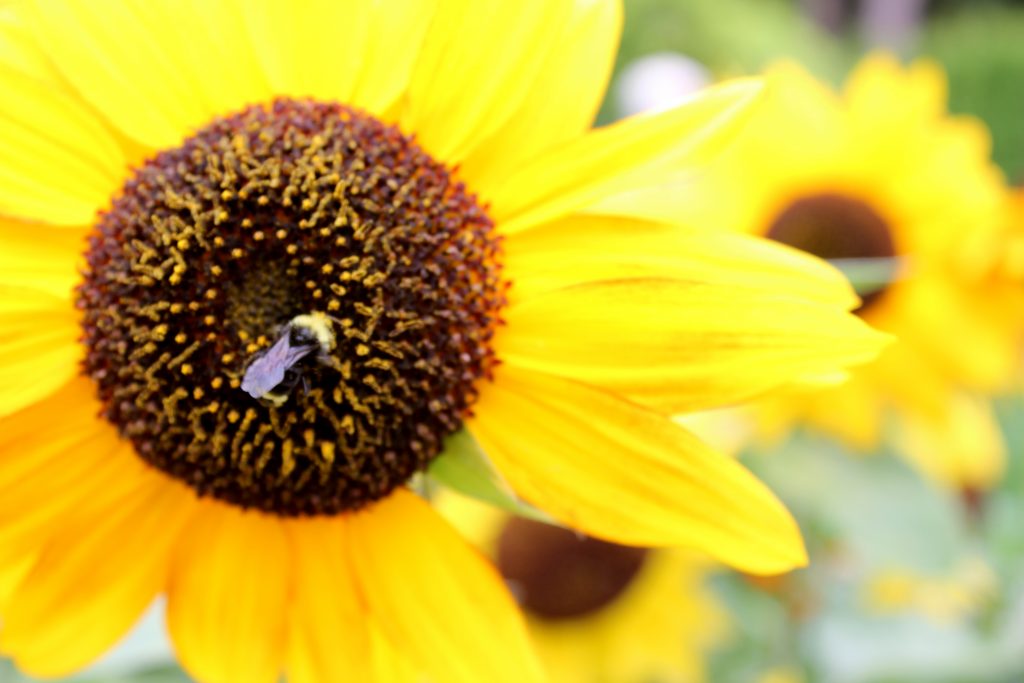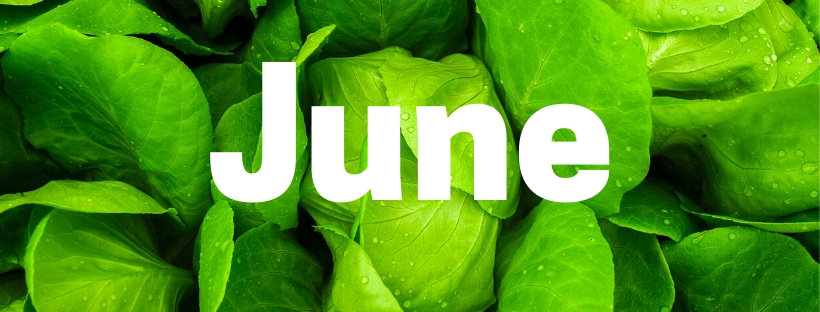Has the weather kept you from getting some of your spring gardening projects completed? June is not too late to get your summer gardening underway. Planting vegetables, adding color, pruning, controlling slugs, dividing perennials, and eliminating weeds head the list of things to do in June.
VEGETABLE GARDENING – Sometimes people think that June is too late to start a vegetable garden, but we have friends and family who don’t plant anything until June 1st and their gardens still thrive. It is now late enough in the season to start any of the warm weather vegetables, including corn, beans, peppers, eggplant, tomatoes, squash, sunflowers, pumpkins, etc. If you haven’t had a chance to sow some of these crops yet, it is not too late to get them started now. Just be sure to get these crops started as soon as possible.
PERENNIALS – This is an ideal time to select and plant the spring, summer and fall flowering varieties of perennials. It’s also the time to divide the spring flowering perennials like, primroses, arabis, aubrietia, doronicum daisies, etc. In addition, June, July, August and September are the best months for starting any of the perennial flowers from seed. Sow the seeds directly into the garden.
COLOR SPOTS – This is the time to add blooming sized annual plants, otherwise known as ‘Color Spots’. These plants are generally grown in individual pots, in sizes of 4 inches or more and the plants are nicely branched and already in bloom. When you select and plant them they provide instant color. If you are like me, and haven’t had a chance to get summer annuals planted due to the lousy weather on weekends, the color spots are a way of catching-up by getting some early summer color into the garden. Water the pots before removing the plants from the containers. Space the plants as recommended on the plant labels.
PRUNING – June is the month often set aside for shaping evergreens. In fact, this is the month the commercial tree growers shape their Christmas trees. So it is a good month for shearing, pinching or pruning junipers, cypress or conifers. Also, this is the time to pinch back annuals, fuchsias, geraniums and any other plants that might be getting too leggy or misshapen.
SLUGS – The cool, wet spring has drawn the slugs out in full force, so it is important to take time to eliminate them.
WEEDING – Wet, cool spring weather encourages the germination of weed seeds, so by June they are a real problem in many gardens. It is critical that these weeds be pulled, cultivated or eliminated in some form before they have a chance to flower and go to seed again. Otherwise, you will be fighting newly germinated weed seed for the next several years.
FERTILIZING – Some of the plants that have suffered freeze damage this past winter will probably benefit from a light feeding at this time. In fact, one of the best times to fertilize plants like rhododendrons, camellias and azaleas is immediately after they have finished flowering. Use a rhododendron or evergreen type fertilizer to feed evergreens and a rose or vegetable garden type food to feed roses, perennials, vegetables and deciduous trees and shrubs.
LAWN CARE – Late spring and early summer is the time to fertilize the lawn again. This is also an excellent time to eliminate lawn weeds. It’s not too late to reseed or over-seed the lawn with new lawn seed. If temperatures range much above 65 degrees, it will be too late to apply moss killers. Thatching should also wait until fall. However, there is still plenty of time to perforate (aerate) the lawn, if it is needed.
ROSES – Roses have suffered enough damage from the severe winter. So be on the lookout for mildew, aphid, black-spot or other insect or disease problems and if they appear take steps to control them right away. Roses will need to be fertilized monthly this summer.
Try planting in June:
-
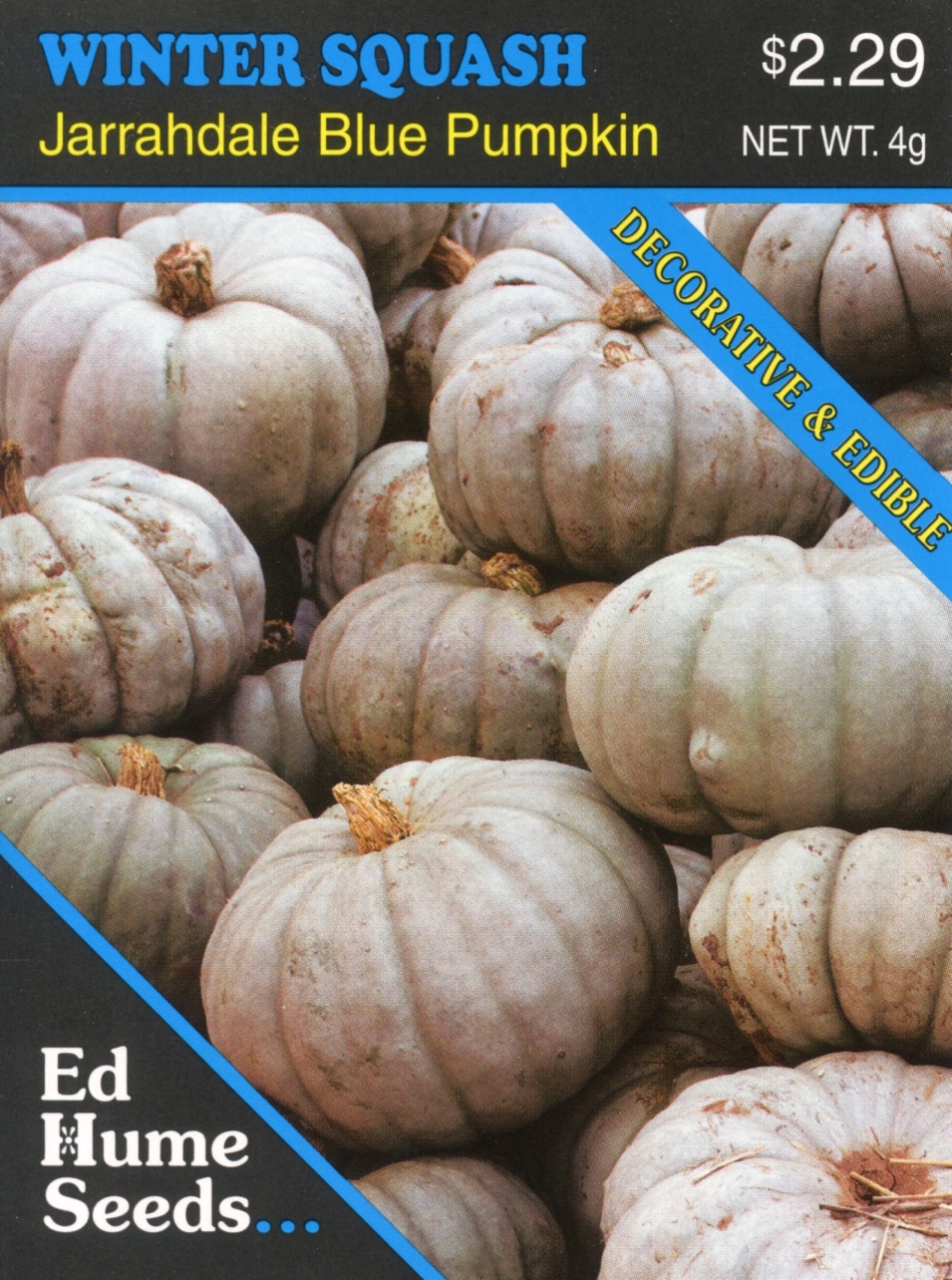 Winter Squash – Jarrahdale Blue Pumpkin$2.29
Winter Squash – Jarrahdale Blue Pumpkin$2.29 -
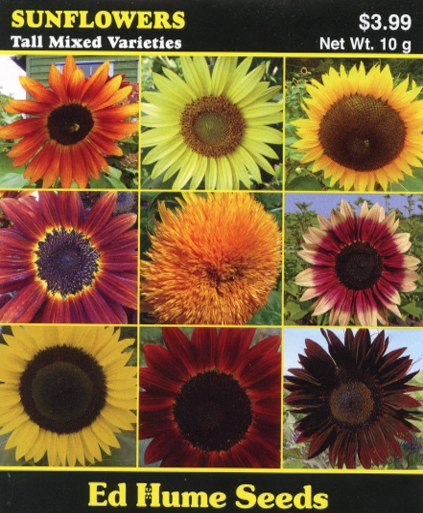 Sunflower – Tall Mixture, Jumbo Packet$3.99
Sunflower – Tall Mixture, Jumbo Packet$3.99 -
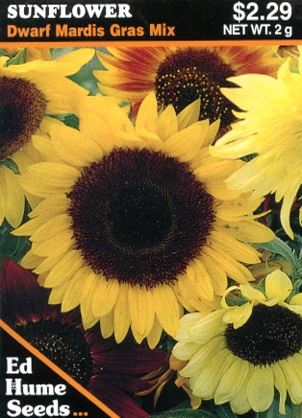 Sunflower – Dwarf Mardi Gras Mix$2.29
Sunflower – Dwarf Mardi Gras Mix$2.29 -
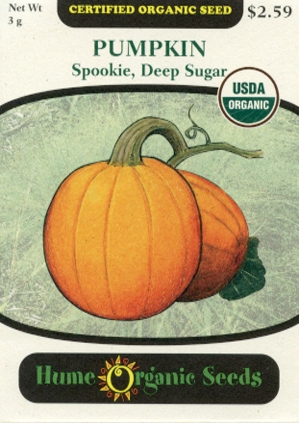 Pumpkin – Spookie, Deep Sugar Organic$2.59
Pumpkin – Spookie, Deep Sugar Organic$2.59 -
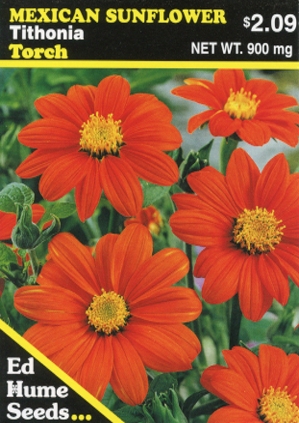 Mexican Sunflower – Tithonia$2.09
Mexican Sunflower – Tithonia$2.09 -
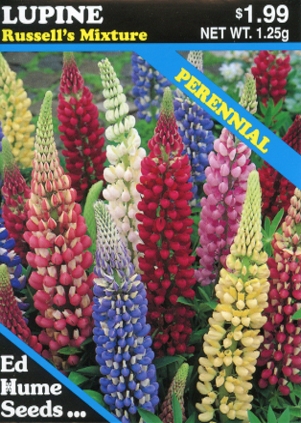 Lupine – Russell’s Mixture$1.99
Lupine – Russell’s Mixture$1.99 -
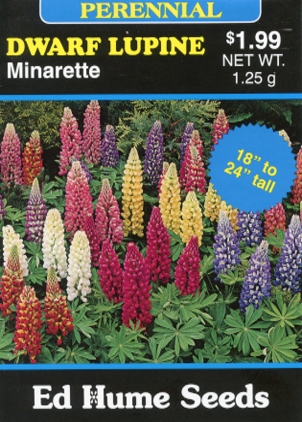 Dwarf Lupine – Minarette$1.99
Dwarf Lupine – Minarette$1.99 -
 Beans – Cherokee Golden Wax Bush$2.29
Beans – Cherokee Golden Wax Bush$2.29 -
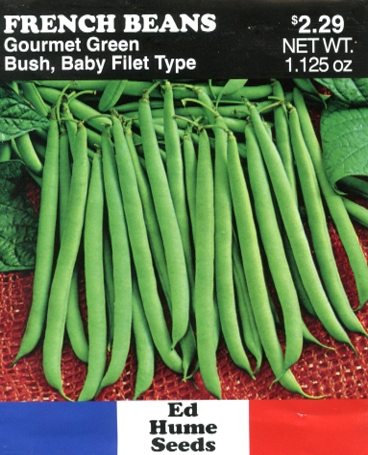 French Beans – Gourmet Green Bush$2.29
French Beans – Gourmet Green Bush$2.29 -
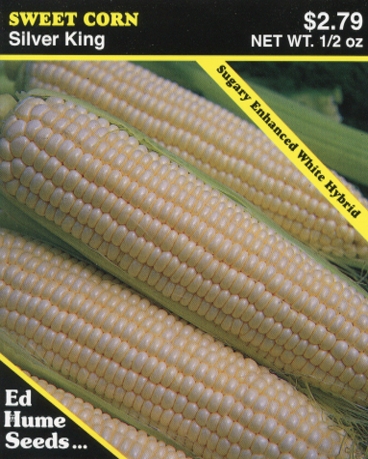 Corn – Silver King$2.79
Corn – Silver King$2.79 -
 Corn – Sweetness Bicolor$2.79
Corn – Sweetness Bicolor$2.79 -
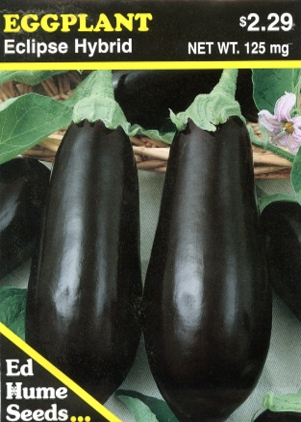 Eggplant – Eclipse Hybrid$2.29
Eggplant – Eclipse Hybrid$2.29 -
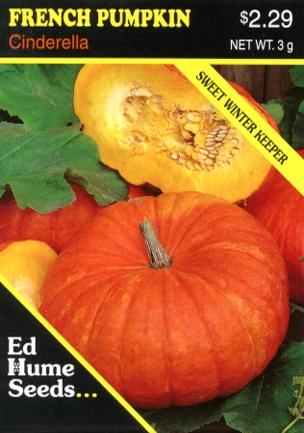 French Pumpkin – Cinderella$2.29
French Pumpkin – Cinderella$2.29 -
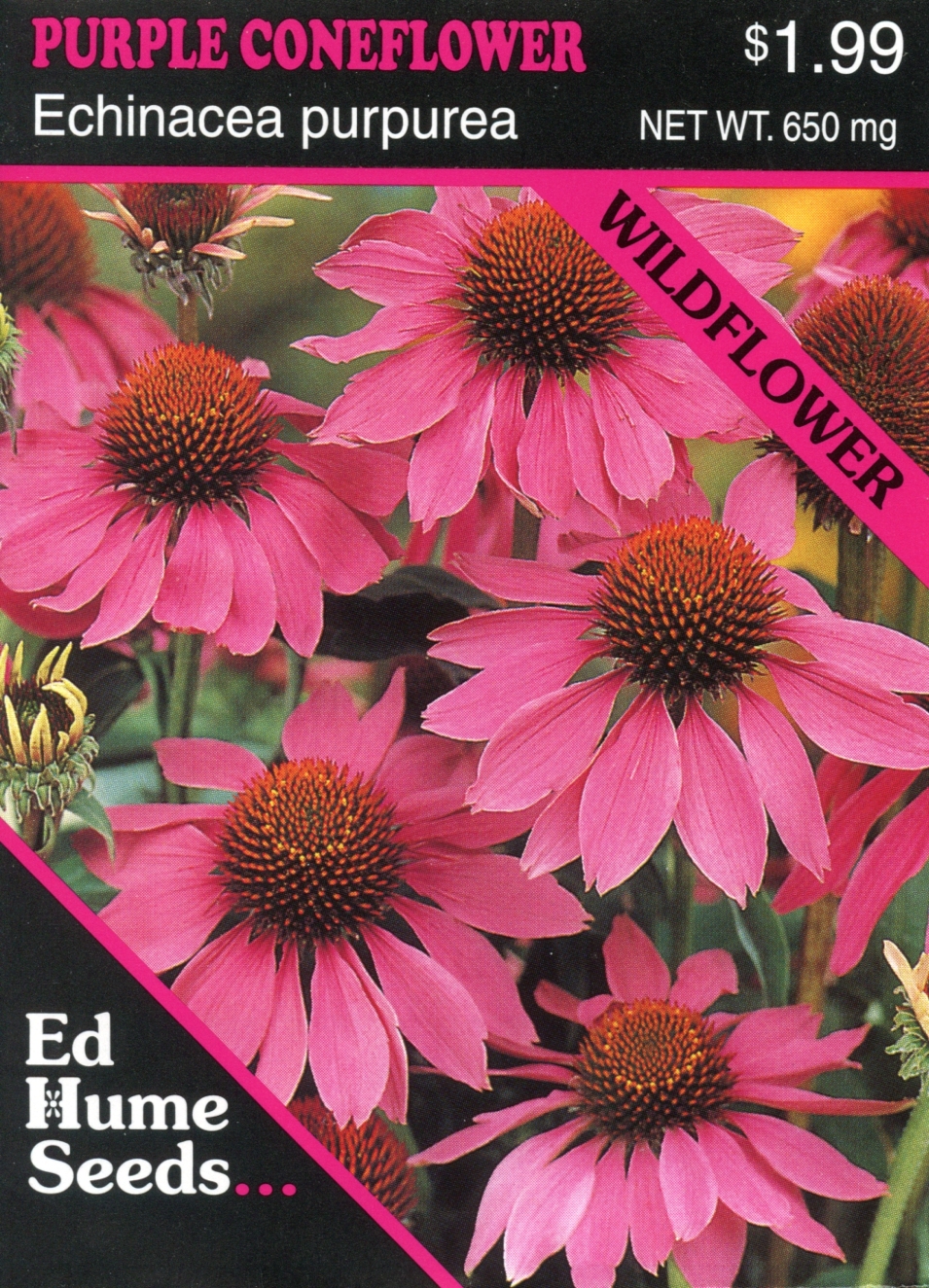 Purple Coneflower – Echinacea$1.99
Purple Coneflower – Echinacea$1.99 -
 Pumpkin – Dill’s Atlantic Giant$2.79
Pumpkin – Dill’s Atlantic Giant$2.79
